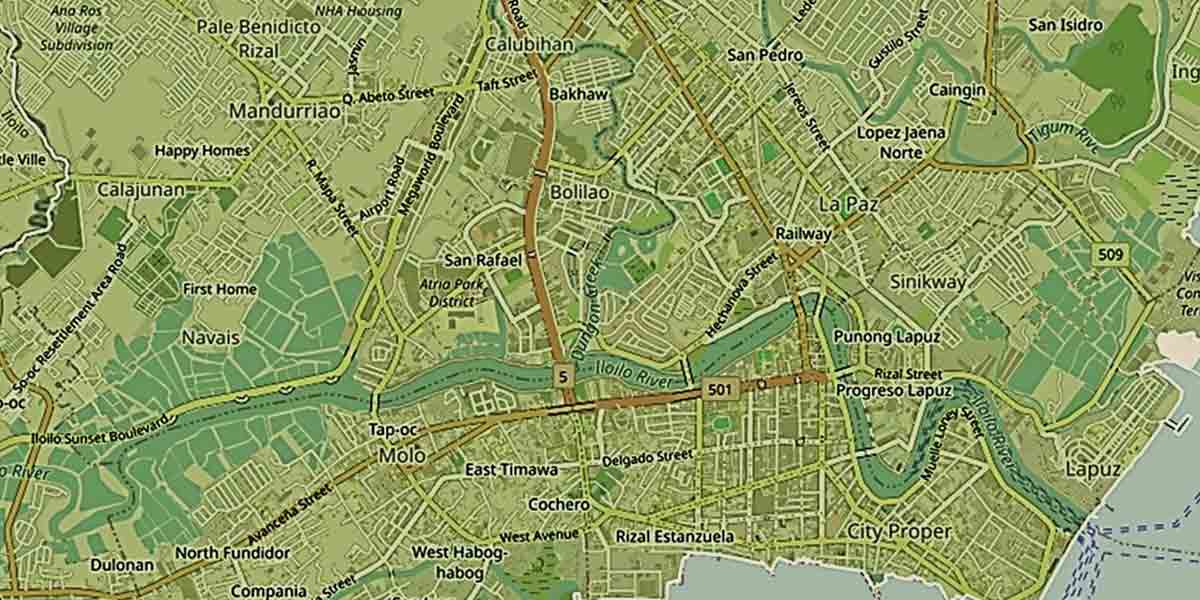Iloilo City, known for its historical charm, cultural vibrancy, and “modern outlook”, faces two perennial problems that mar its urban landscape: illegal on-road parking and frequent flooding.
These issues not only disrupt daily life but also tarnish the city’s reputation as a walkable, livable place.
Illegal parking, particularly by large trucks along major roads like the coastal road in Loboc, Lapuz, and Balantang in the Jaro district, leads to severe traffic congestion and accidents. The tragic incident of a 23-year-old motorcyclist losing his life in a collision with a parked trailer truck underscores the urgent need for stringent measures.
Mayor Jerry Treñas has called on the Iloilo City Police Office (ICPO) and the Traffic and Transportation Management Office to intensify clearing operations. But the city’s investment in wheel clamps and the donation of motorcycles to traffic divisions are commendable steps, yet enforcement must be relentless to see tangible improvements.
Simultaneously, the city grapples with recurrent flooding, affecting numerous barangays whenever heavy rains or typhoons strike.
The flooding of 60 barangays since July 17, as recorded by the Iloilo City Emergency Operations Center, highlights the fragility of the city’s drainage and waste management systems.
Areas like Sto. Niño Sur and Norte, Calaparan, and many others are particularly vulnerable due to their geographic locations and proximity to major river systems.
Efforts by the City Disaster Risk Reduction and Management Office (CDRRMO) to prepare for the La Niña phenomenon, by activating response clusters and recommending the clearing of major waterways, are crucial.
However, these measures must be part of a larger, integrated approach to urban planning. The city’s drainage systems require a comprehensive overhaul, and barangays must actively participate in maintaining clean canals and drains.
A truly walkable city is pedestrian-friendly in all weather conditions. Iloilo City’s vision of walkability will remain elusive unless it tackles the root causes of flooding and illegal parking. Both require not just policy changes but also community involvement and sustained political will.
Iloilo City’s ambition to become a truly walkable city hinges on resolving these fundamental issues. A city where residents can safely walk, drive, and thrive regardless of the weather is within reach, but only with sustained effort and commitment from both the government and the community.
To reclaim its streets and protect its residents, Iloilo City must prioritize these issues. The road to a safer, more walkable city is paved with better enforcement, smarter urban planning, and a collective commitment to change.
Solving illegal parking and flooding is not just about managing immediate inconveniences but about securing a safer, healthier, and more livable future.























